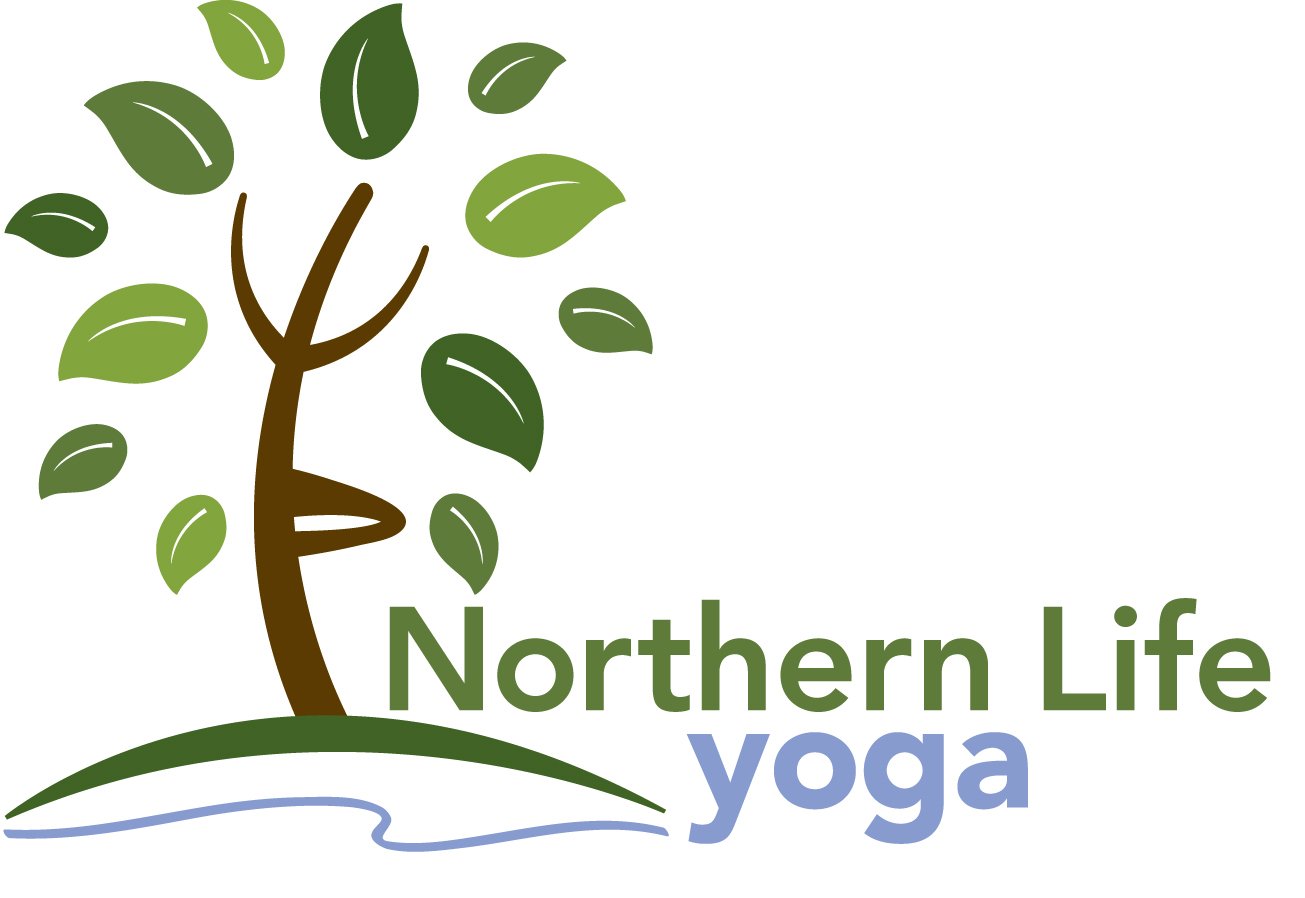The Connections We Make Through Yoga
Many people turn to yoga with intentions to relieve stress, anxiety, and stretch the body and mind. Little do they realize when they walk in to the studio that they will be part of something much bigger - a supportive wellness community. As you begin practice, commonly with guided mediation and breathwork, you begin to connect to your breath. Eventually, you notice the person next to you, and you’re breathing together…synchronized. There’s a sense of comfort and community in that synchronicity. You might feel like that person is a friend, or someone you know on a deeper level, even if they’re initially a stranger. This connection is typical for a yoga class – the sense of community, safety, comfort, and trust.
Barbara Fredickson, positive psychology researcher and author explains this “When people move together as one orchestrated unit, they later report that they experienced and embodied sense of rapport with each other – they say they felt alive, connect, with a mutual sense of warmth and trust as they converse.”
This togetherness or “mind-meld” is in the insula, a part of the brain related to conscious feeling states. It’s the same part of the brain that is activated though mindful meditation.
Angela Wilson, Yoga Researcher from Kripalu School of Yoga explains, “this mindful meditation – being present to the current moment – as is so often taught in yoga class, augments feeling of social connection and attunement by activating the insula and increasing brain synchrony. Through mindfulness mediation, we open ourselves to feeling of deeper interconnection and belonging.”
This interconnection and belonging is often something we crave as humans. Living in a pandemic world has isolated us more than ever - to no fault of our own. This sense of belonging and community we find in yoga is needed more than ever. The sense of community that holds us accountable to continuing our self compassion routine is what creates this habit of yoga in our lives. It’s where we begin to see subtle changes in our physical, but most importantly, our mental health.
Another aspect of our physical body is how yoga encourages growth attunement in our vagus nerve. When stimulated, the vagus nerve relieves stress and anxiety.
Vagus means Wanderer in Latin.
This meaning accurately represents this nerve as it wanders through our entire body connecting to our brain and many important organs through our body, including our gut, heart, and lungs. The vagus nerve is a key part of your parasympathetic “rest and digest” nervous system.
A common yoga class that focusses on getting us into our parasympathetic nervous system is any yin or gentle restorative class. Yin is a slower pace class where gentle, grounded poses are held for longer periods of time to relax the muscles and allow the stretch to go deeper into our connective tissues. Restorative yoga is also a slow-paced class focusing on relaxing in gentle poses supported by props while focusing on breathwork. The theory is that longer held poses allows the stretch to penetrate deep in our fascia, ligaments, and tendons. In turn, this relaxing stretch releases deeply rooted tension we’re holding on to and may not even realize - which allows us to release not only physical tension, but also emotional tension stored in our tissues.
Check out our Yin & Reiki Workshops and Wednesday night Candlelight Class if this sounds like the kind of yoga you’re craving.
In 2010, researchers discovered when you increase your vagal tone, or stimulate your vagus nerve safely, the more your physical and mental health will improve.
“The vagal response reduces stress. It reduces our heart rate and blood pressure. It changes the function of certain parts of the brain, stimulates digestion, all those things happen when we are relaxed.” – Dr. Mladen Golubic, MD, Medical Director of the Cleaveland Clinic
If you’re thinking, okay that sounds interesting but how do I tone/stimulate my vagus nerve?
The answer is yoga!
Coming to just one class a week can do all of those things. Yoga creates the connection within yourself and others. The various breathwork or “pranayama” we do, along with mediation, and stretching is all done with intention. The intentions of each pose and breath are what tone our vagus nerve, connect us to each other, and leave us feeling relaxed and happy. Coming to any class even once a week or every so often with your partner can decreases stress, creates a closer bond with yourself, your partner, and your peers, and help maintain healthy relationships.
As February is the month of love and intimacy, try some yoga with your partner. It can help bring you two closer not only physically, through partner stretches, but emotionally as well. Here is a link to some partner stretches you can practice with each other.
Email us if you’re looking for something to build community within the workplace, or if you need a fun girls gathering, or a private yoga class for you and your partner. At Northern Life Yoga, we offer private yoga sessions (both in studio or another location of your choice) upon request. We love to spread the love!
Embracing yoga as part of your lifestyle, can alter your mindset and open your heart to love and intimacy on a deeper level. You may begin to feel more compassion and patience for everyone in your life. If this feeling is something you’re looking for, check us out and attend our classes at Northern Life Yoga.
By Morgan VanWinkle, NLY Studio Manager
